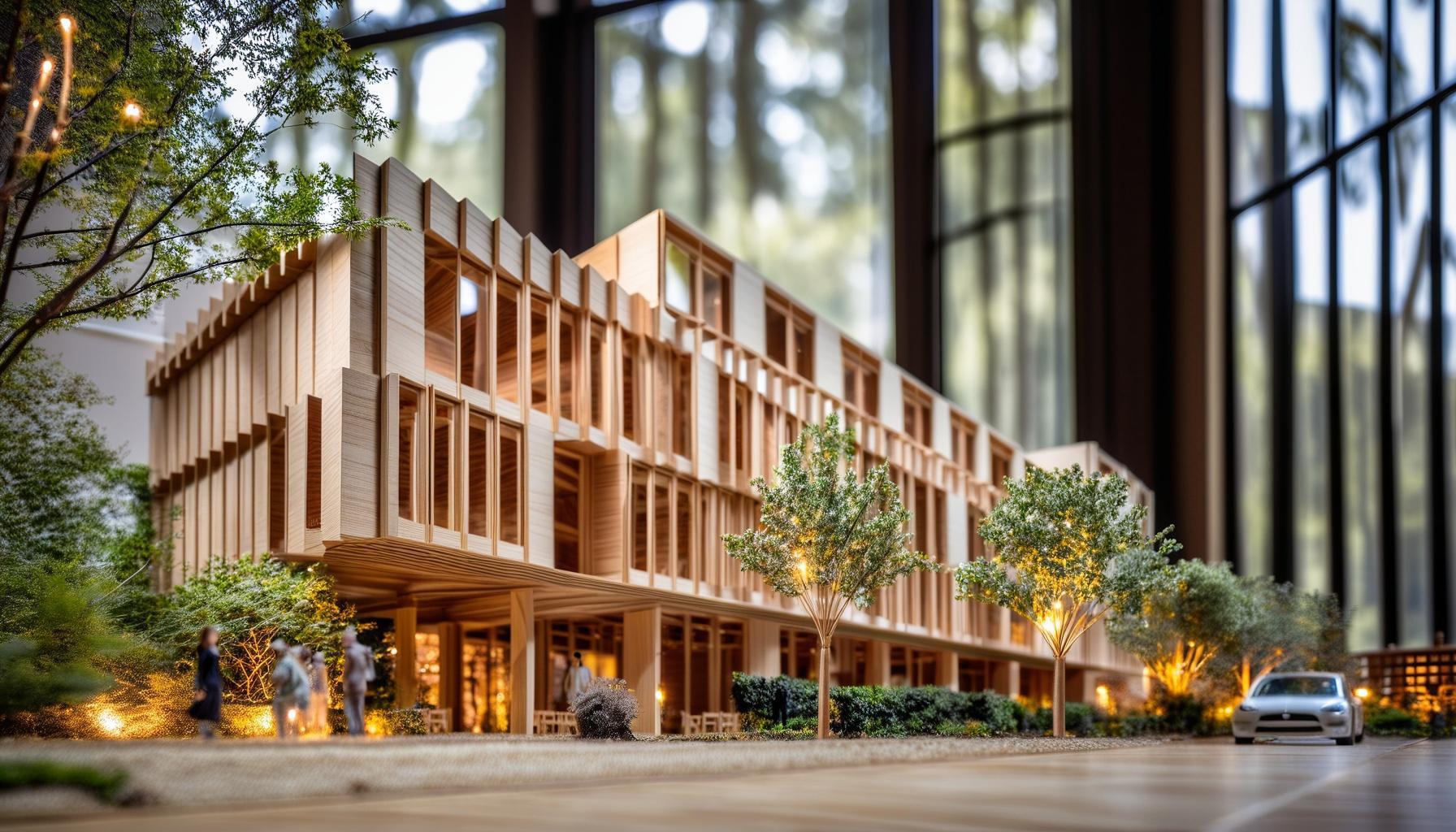
"Nearly three years after artificial intelligence captured the world's attention, architecture is still searching for stable ground in the conversation. Between confident claims and cautious trials, many professionals still question whether-and how-AI is truly changing everyday practice. A new white paper from Chaos addresses this through practitioner interviews and in-depth internal research, revealing how the technology is beginning to reshape productivity, authorship, and creative identity across the industry. The white paper offers a closer look at where AI creates value, where it falls short, and how architects can navigate what comes next."
"Clients Are Now the Ones Prompting, Creating New Roles for Architects Chaos' insights suggest that the design brief is starting to come from a new source: the client. Some clients now arrive with AI-generated images or layouts that pre-shape expectations before an architect is even consulted. This shift changes how projects begin and how professionals demonstrate the depth of their expertise. The full white paper explores how architects are responding, using these early images to guide conversations about feasibility, context, and design direction. Beyond generative imagery, it also examines how AI is influencing analysis, coordination, and decision-making across the early stages of practice."
"Hidden Risks Are Emerging Beneath the Surface The promise of faster workflows can conceal new vulnerabilities. The white paper highlights concerns about overreliance on AI-generated results that appear reliable but lack key context, as well as the growing sameness in visual style when many professionals use similar tools. Questions around data ownership and client privacy are also surfacing as projects involve more external platforms. Each of these risks is examined in detail, outlining how firms are tightening review processes, setting data boundaries, and rethinking authorship policies."
Practitioner interviews and internal research reveal that AI is beginning to reshape productivity, authorship, and creative identity across architectural practice. Clients increasingly bring AI-generated images or layouts that pre-shape briefs and expectations before professional involvement. Architects use early AI images to guide conversations about feasibility, context, and design direction, while AI supports analysis, coordination, and early decision-making. Faster workflows introduce vulnerabilities such as overreliance on decontextualized results and visual homogenization across projects. Data ownership and client privacy concerns grow as projects use external platforms. Firms are tightening review processes, setting data boundaries, and rethinking authorship policies to manage these risks.
#ai-in-architecture #client-driven-design #authorship--creativity #data-privacy #workflow-productivity
Read at ArchDaily
Unable to calculate read time
Collection
[
|
...
]